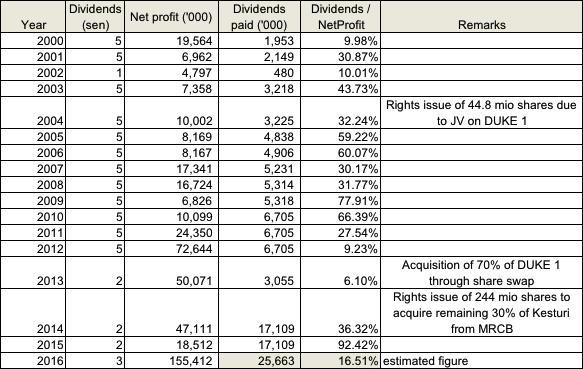THE sharp recovery in the global tin prices is a boon for tin miner and metal producer, Malaysia Smelting Corp Bhd (MSC).
Its share price in recent months has been on an uptrend touching a high of RM3.26 on Sept 8 from a low of RM2.21 on Feb 3 before settling two sen higher at RM3.20 on Thursday.
Year-to-date, the price of tin has risen by over 30%. The metal is currently trading at US$19,200-US$19,270 per tonne range on the London Metal Exchange (LME) and Kuala Lumpur Tin Market (KLTM).
According to industry observers, the fortunes of MSC are set to take a turn for the better this year after experiencing a 6-1/2 year slump in global tin prices.
Since early this year, tin has climbed steadily following declining supplies from the world’s top producing countries China and Indonesia.
The LME tin stocks in its warehouses are also depleting, down by 20% to about 4,460 tonnes in September from a month earlier.
MSC is the world’s second largest tin mining and smelting group with an annual refined tin production of over 30,000 tonnes.
It has an international smelting operation in Butterworth and tin mining operation is managed by its subsidiary Rahman Hydraulic Tin Sdn Bhd (RHT).
With tin prices improving, MSC chief executive officer, Chua Cheong Yong (pic) is optimistic that MSC international smelting plant and RHT mines are expected to perform satisfactorily and will generate strong cash flows for the current financial year ending Dec 31.
“While the overall refined tin production is not likely to change much, profit margin, especially on the mining side, will see some expansion in the environment of higher tin prices,” he adds.
Chua tells StarBizWeek: “We will continue to subscribe to the commodity price cycles model and, in our view, the main challenge for any resource based industry is to be able to build a business model and structure that will be resilient enough to ride through these cycles.”
“The current rally for tin is more supply driven rather than demand related. While tin demand is currently stable, the growth potential is expected to be realised only in the mid-term scenario as tin use in energy related industrial applications, particularly in the battery sector, gathers momentum.
Chua says MSC has been resilient to withstand the severe down cycle, particularly in 2015, which caused significant operating losses and large asset impairments by major global mining and commodity trading companies alike.
The management’s initiatives last year at implementing cost-cutting measures and being frugal in expenditure have strengthened the Group.
“Despite the difficult and challenging market environment in 2015 our core operations, were able to achieve commendable performances and the Group’s cash and liquidity positions have continued to remain strong.”
MSC’s financial position continues to be healthy as the operations generated strong cash flows of RM90.8mil in the first half of 2016.
In June this year, MSC has proposed to acquire Metal Reclamation Industries Sdn Bhd (MRI) through its wholly-owned subsidiary MSmelt Sdn Bhd for RM50mil in cash.
Chua says: “Therefore, the company’s current year focus will be to complete the acquisition by fourth quarter of this year.”
“As a result we will not, in the near term, be actively seeking for new tin investments opportunities.”
Chua explains further that one of the current company’s priorities is to complete the MRI acquisition and then to adapt and convert the MRI plant for tin smelting and integrate it into the group’s international tin smelting operations.
The MRI plant, which is located in Pulau Indah, possesses the new generation smelting technology which is a more comprehensive and efficient smelting process as compared to MSC Group’s smelting facility in Butterworth.
Besides more superior cost and operating parameters, the new technology is also better suited to address the increasingly stringent environmental requirements.
He also says: “We believe this technology will propel MSC Smelting Division into a more sustainable and competitive custom smelting force in the global tin industry.”
For Rahman Hydraulic Tin , the exploration programme to expand the mine’s resource base is ongoing, says Chua adding that: “We hope to be able to complete the programme in the near term. These priorities should keep us busy at least for the next couple of years.”
Having said that, Chua adds the group will still continue to invest in its future, even at times when (tin) prices are low.
Besides ongoing exploration programmes to expand the group’s tin resources, MSC has also participated in the private placement of Alphamin Resources Corp in 2015 to increase its equity interest in the company to 5%.
Alphamin is a Toronto Venture Exchange listed developer of the Bisie project, a very high grade tin prospect located in Democratic Republic of Congo.
“We believe the small entry investment will provide MSC Group with favourable and interesting growth opportunities when the cycle turns.”
“The movement in commodity prices, the stability of the local currency and any major policy adjustments in the advanced and emerging economies will continue to have impact on the group performances in today’s challenging macroeconomic environment,” adds Chua.













